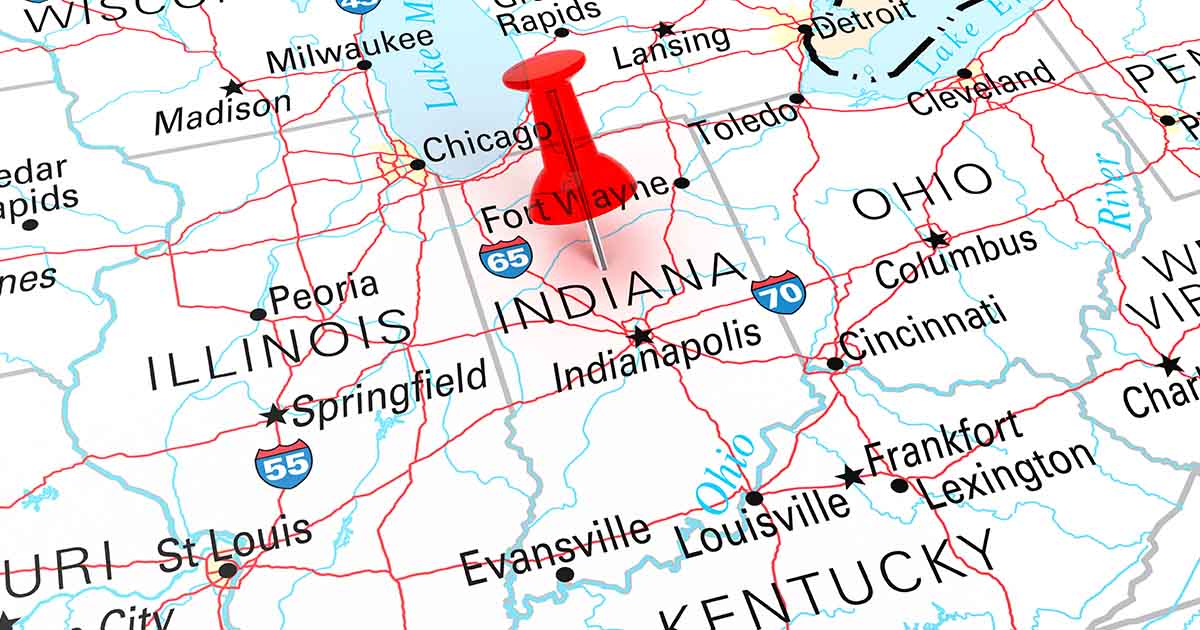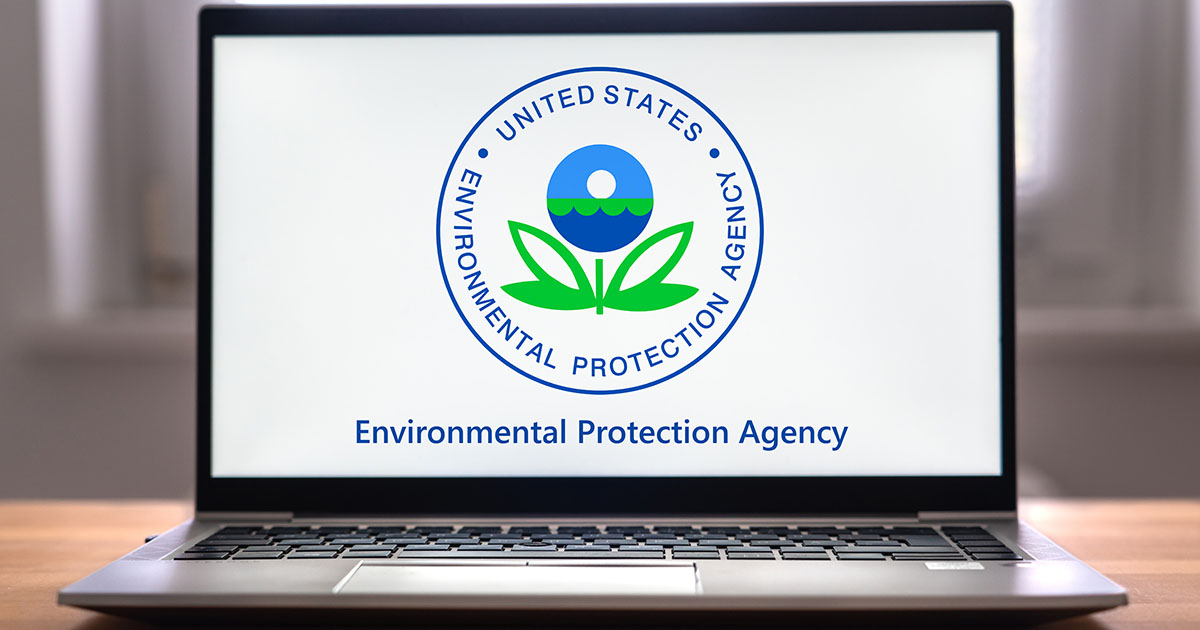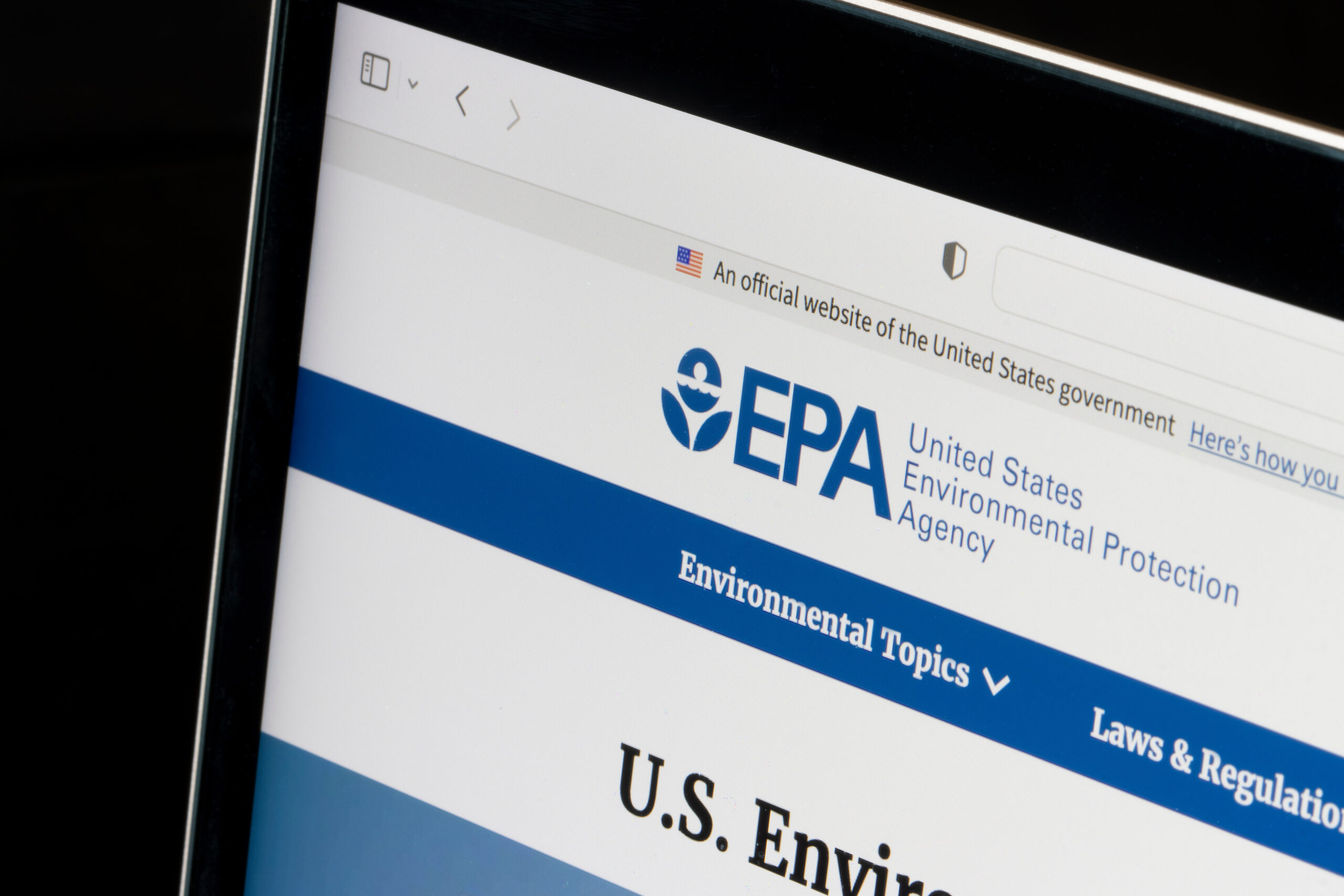Correctly assessing the Vapor Intrusion (VI) exposure pathway is a complex process, which is rarely straight forward. When VI does occur at or near hazardous material cleanup sites, it rarely results in a constant stream of contaminants into the breathing zone. Rather, there are many variables that affect the way vapors move from the subsurface into a structure. Daily and seasonal temperature fluctuations result in variable pressures within and beneath buildings that change VI conditions. The amount of precipitation that falls also affects vapor intrusion rates, and can at times temporarily stop it altogether. Building foundation and construction details can affect the pathway that intruding vapors may take once beneath or inside a structure, thereby resulting in a distribution of indoor air contaminants that aren’t intuitively consistent with predictive VI rules of thumb. Complicating things even more is the fact that numerous household products contain the same chemicals that we are trying to assess from below ground contamination. Taking into account all of these variables to determine if a human inhalation exposure is in existence, or may be in existence at some time during the year, is a highly detailed and specialized process.
Fortunately, the VI team at EnviroForensics maintains a line of highly specialized, field-based, analytical instrumentation that can be used to tease out the necessary details during VI assessments. One of the most highly developed instruments in our arsenal is a portable Gas Chromatograph/Mass Spectrometer, named HAPSITE. The HAPSITE was originally designed by its manufacturer for the U.S. Military and is designed to deliver real time qualitative and quantitative, laboratory-quality results for air samples in the field. The HAPSITE has the capability of identifying and measuring specific volatile organic compounds as low as the parts per trillion (ppt) range. The HAPSITE instrument can be calibrated to measure the ions specific to the contaminants of concern (COCs) at the Site.
The Enviroforensics VI team consists of a certified HAPSITE operator. When operated in ‘survey’ mode, the HAPSITE instrument provides real-time data, depicted as an on-going line graph on the front panel display of the instrument. We use this survey mode during VI assessments to find specific points in a structure where vapors may be entering the indoor air. We have found that cracks in floors and walls, floor drains, pipe chases, interior wall spaces and attics are all important features to explore. Background sources, such as those common household products mentioned earlier, can also be found hiding in closets, drawers, basement corners, etc. When an area of concern is located, the HAPSITE is switched to ‘run’ mode. This sampling mode collects an air sample that is analyzed by the instrument with laboratory quality, in a short period of time. This type of real-time analysis allows for adjustments to be made in the field and provides comprehensive conclusions with fewer mobilizations and sampling events.
During any VI assessment, the main line of regulatory thought is that if VI is occurring at any time during the day or year, that worst case exposure condition is used to calculate the occupant’s potential risk. By using highly-specialized instrumentation, such as the HAPSITE, the EnviroForensics VI team greatly improves the odds that we can interpret all of the variables that are part of VI assessments and properly report true exposure conditions.
About the Authors:
 Megan Hamilton
Megan Hamilton
Risk Assessor and Vapor Intrusion Specialist
866-888-7911
mhamilton@enviroforensics.com
Ms. Hamilton has over fifteen years of experience in environmental regulatory oversight and consulting, with a focus on risk assessment and vapor intrusion expertise. Her diversified professional experience includes research, policy development, technical writing, public outreach, vapor intrusion investigation and remediation, data analysis and interpretation, human health risk assessment, and conceptual site model analysis. Ms. Hamilton served as a technical, scientific, and risk assessment policy resource for the Indiana Department of Environmental Management’s (IDEM) Office of Land Quality for nine years. She also served as the coordinator and team leader for the IDEM Vapor Intrusion Workgroup for six years and is the main author of the current Indiana Vapor Intrusion Guidance. She has helped design and implement numerous vapor intrusion investigations for chlorinated and petroleum contaminated sites throughout Indiana. Ms. Hamilton is experienced in evaluating human health risk assessments, as well as vapor intrusion risk assessments for sites regulated by all of IDEM’s remediation programs, including:
- Brownfields Program
- Leaking Underground Storage Tank Program
- RCRA Program
- State Cleanup Program
- Voluntary Remediation Program
Ms. Hamilton develops, helps implement, and oversees the VI investigations and mitigation for all of EnviroForensic’s projects. She is also the main contact for risk communication issues and community outreach development. Ms. Hamilton has presented at several National Conferences, is a member of the National EPA VI Science Advisory Committee, and currently serves on the Board of Directors for the Midwestern States Environmental Consultants Association (MSECA).
 Jeff Carnahan, L.P.G.
Jeff Carnahan, L.P.G.
Vice President, Chief Technical Officer
866-888-7911
jcarnahan@enviroforensics.com
Jeff Carnahan is a Licensed Professional Geologist (LPG) with over 17 years of environmental consulting and remediation experience. Mr. Carnahan’s expertise has focused on the investigation and interpretation of subsurface releases of hazardous substances for the purpose of evaluating and controlling the risk and cost implications to his clients. While managing sites ranging in size from retail gas stations and dry cleaners to large manufacturing facilities, Mr. Carnahan has amassed extensive experience working with releases of chlorinated solvents within voluntary and enforcement cleanup programs for various State agencies and the U.S. EPA. Throughout his career Mr. Carnahan has provided technical support to the legal community regarding the cause, origin, transport and potential cost of environmental releases. Additionally, Mr. Carnahan has over 13 years of experience in the investigation and mitigation of vapor intrusion issues and leads the VI Assessment Team at EnviroForensics. His experience and insight make Mr. Carnahan uniquely qualified to advise his clients on potential environmental liability issues and cost implications.



